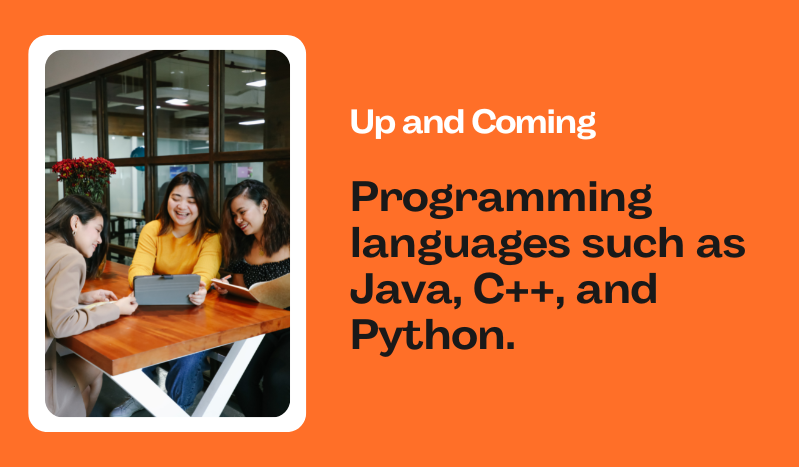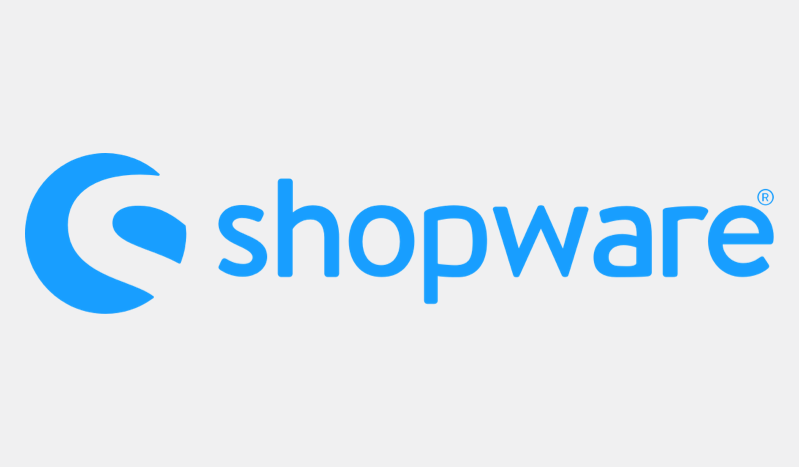As technology evolves and new challenges emerge, developers are constantly seeking out new programming languages that can help them build better, faster, and more reliable software. In recent years, several new languages have emerged that are gaining popularity and making their mark in the industry. From functional programming to systems programming to web development, these languages offer unique features and capabilities that make them well-suited for different types of projects. In this article, we’ll take a look at some of the most promising new programming languages, including Elixir, Julia, Rust, Go, Dart, Crystal, and others, and explore what makes each of them special. Whether you’re a seasoned developer or just starting out, there’s sure to be something here that piques your interest and inspires you to try something new.
What Is a Programming Language?
A programming language is a formal language used to communicate instructions to a computer or other machine. It is a set of rules, symbols, and syntax that enables programmers to write code that can be executed by a computer. Programming languages are used to create software applications, websites, video games, and other types of computer programs. They can be high-level or low-level, interpreted or compiled, and they can be designed for specific purposes or general programming tasks.
Let’s discuss some of the new and coming programming languages in a bit detail:

Difference Between Programming Language and New Programming Language?
A programming language is a formal language that is used to communicate instructions to a computer or other machine. It is a well-established and recognized set of rules, symbols, and syntax that enables programmers to write code that can be executed by a computer.
A new programming language, on the other hand, is a recently developed programming language that has not yet gained widespread adoption or recognition in the industry. It may have been developed to address specific programming challenges, to improve upon existing programming languages, or to meet the needs of a particular niche or community of developers.
Top 10 Upcoming Program Languages Worth to Learn
Here is a list of some new and upcoming programming languages that you can opt to learn today and experience benefits in near future-
1. Green Building XML language
Green Building XML (gbXML) is an open schema that facilitates the transfer of building information from Building Information Modeling (BIM) software to other building analysis tools. It is an XML-based language that enables architects, engineers, and building professionals to exchange information about building design aspects, including energy performance, heating and cooling loads, lighting levels, and other building attributes. By using gbXML, designers can easily transfer information between different software programs without having to manually enter data, which can save time and reduce errors.
2. Elixir
Elixir is a dynamic, functional programming language designed for building scalable and fault-tolerant applications. It runs on the Erlang virtual machine and leverages the power of Erlang’s concurrency and distributed computing capabilities. Elixir is known for its elegant syntax and powerful abstractions, which make it easy to write complex systems with clean, maintainable code. It also includes features like pattern matching, metaprogramming, and macros, which allow developers to extend the language and create domain-specific languages. Elixir is often used for web development, real-time systems, and distributed systems, and is popular in the Phoenix web framework. It was created by José Valim and first released in 2011.
3. Purescript
PureScript is a strongly-typed, functional programming language that compiles to JavaScript. PureScript is designed to be purely functional, meaning that functions do not have side-effects and values are immutable, which can make code easier to reason about and test. The language provides a rich set of features for working with functional programming concepts, including algebraic data types, higher-order functions, and type classes. PureScript is often used for building web applications, and it provides a range of libraries and tools for working with popular web frameworks such as React and Angular.
4. Dart
Dart is a client-optimized programming language developed by Google. It is used for building web, server, and mobile applications. Dart is a class-based, object-oriented language with C-style syntax and supports both Just-in-Time (JIT) and Ahead-of-Time (AOT) compilation. One of the key features of Dart is its use of a single-threaded event loop, which allows for efficient and scalable event-driven programming. Dart also includes a rich set of libraries, including libraries for asynchronous programming, web development, and user interface design. Dart can be compiled to JavaScript, enabling developers to use it for web development, and can also be compiled to native machine code, making it suitable for mobile and server-side development.
5. Julia
Julia is a high-level, high-performance programming language designed for numerical and scientific computing, data analysis, machine learning, and parallel computing. It combines the ease of use of scripting languages like Python with the speed of compiled languages like C++ or Fortran, and has a syntax that is familiar to users of other technical computing languages like MATLAB or R. Julia is free and open source, and has a growing ecosystem of packages and libraries for a wide range of applications.
6. Go
Go, also known as Golang, is an open-source programming language created by Google. It is designed to be efficient, readable, and scalable for building large-scale network applications. Go combines the speed and safety of a compiled language with the simplicity and ease of use of interpreted languages. It has built-in support for concurrency and offers garbage collection, memory safety, and other features that make it suitable for modern application development.
7. Rust
Rust is a system programming language that aims to provide fast, reliable, and safe software development. It combines low-level control over system resources with high-level abstractions, making it a popular choice for building large-scale systems that require high performance and security. Rust’s unique ownership model enforces memory safety and prevents common programming errors, such as null pointer dereferencing and buffer overflows. It is also designed to be easy to learn and use, with a focus on developer productivity and code maintainability.
8. Crystal
Rust is a system programming language that aims to provide fast, reliable, and safe software development. It combines low-level control over system resources with high-level abstractions, making it a popular choice for building large-scale systems. Rust’s unique ownership model enforces memory safety and prevents common programming errors, such as null pointer dereferencing and buffer overflows. It is also designed to be easy to learn and use, with a focus on developer productivity with code maintainability.
9. Apache Groovy
Apache Groovy is a dynamic programming language for the Java Virtual Machine (JVM). It is designed to be easy to learn and to integrate with existing Java code, and provides features such as scripting capabilities, dynamic typing, and closures. Groovy is also compatible with Java syntax and libraries, making it a popular choice for developers who want to use the flexibility of a scripting language in a Java environment. It is open source software maintained by the Apache Software Foundation.
10. Elm
Elm is a functional programming language that compiles to JavaScript and is used for creating web applications. It is designed to eliminate the runtime errors that are common in web development by enforcing strong typing and a pure functional style. Elm also features a virtual DOM implementation and an architecture for building scalable and maintainable applications. It has a syntax similar to Haskell and provides a smooth developer experience through features such as automatic type inference and hot reloading.
Final Words
In conclusion, the world of programming languages is constantly evolving, and new languages are emerging all the time. Elixir, Apache Groovy, Elm, Julia, Dart, Rust, and other upcoming languages represent exciting new tools for developers to create innovative and efficient applications. Each language has its own unique features and strengths, and choosing the right one for a given project requires careful consideration of the project’s requirements, the development team’s skills, and other factors. As these new languages continue to gain traction and adoption, it will be interesting to see how they shape the future of software development.





